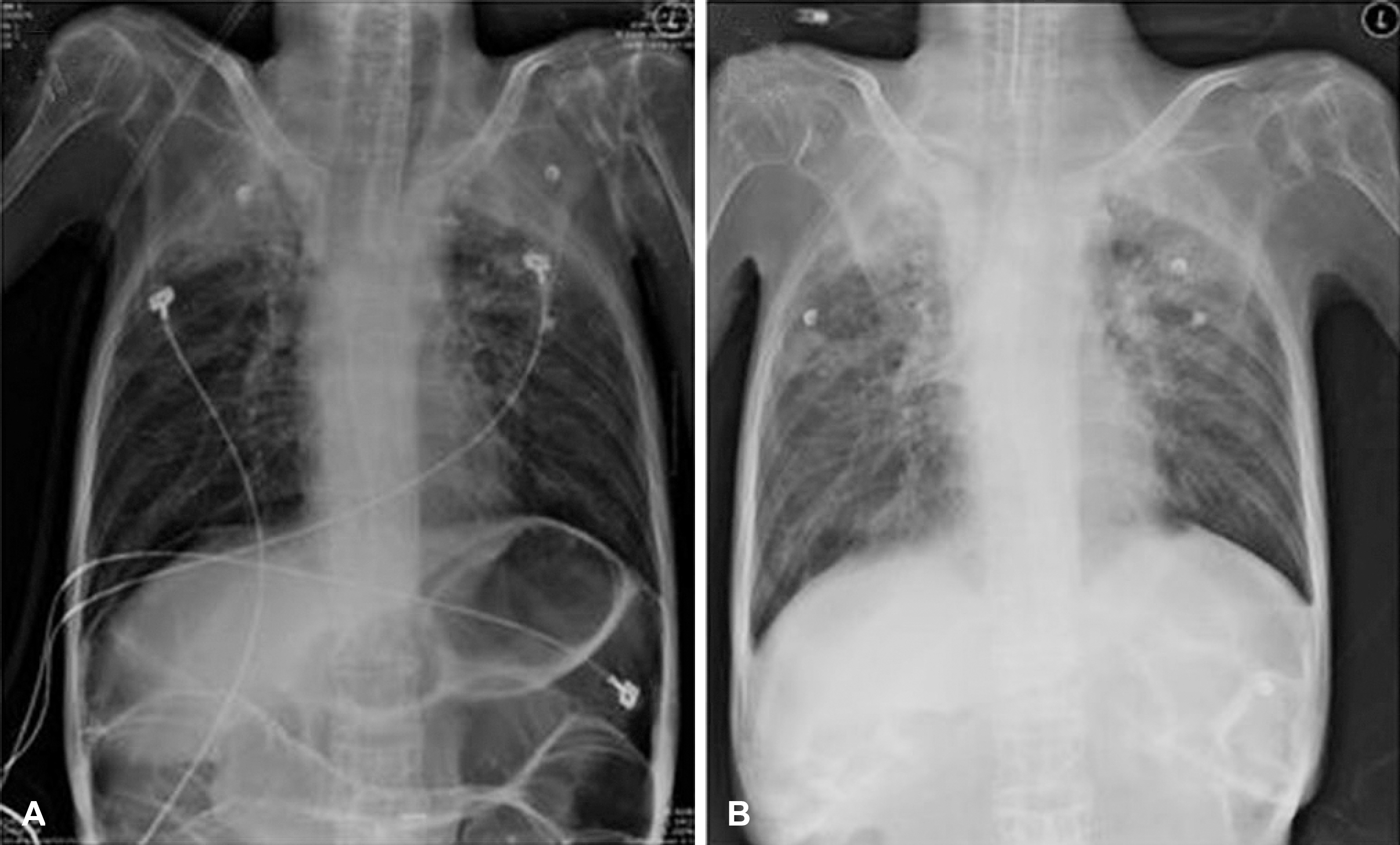Korean J Clin Neurophysiol.
2015 Dec;17(2):101-102. 10.14253/kjcn.2015.17.2.101.
Symptomatic Aerophagia in a Patient using Long-term Noninvasive Positive Pressure Ventilation
- Affiliations
-
- 1Department of Neurology, Pusan National University Yangsan Hospital, Yangsan, Korea. dskim@pusan.ac.kr
- 2Department of Rehabilitation Medicine, Pusan National University Yangsan Hospital, Yangsan, Korea.
- 3Research Institute for Congervence of Biomedical Science and Technology, Yangsan, Korea.
- 4Pusan National University School of Medicine, Yangsan, Korea.
- KMID: 2403250
- DOI: http://doi.org/10.14253/kjcn.2015.17.2.101
Abstract
- No abstract available.
MeSH Terms
Figure
Reference
-
1.Robert D., Argaud L. Clinical review: long-term noninvasive ventilation. Crit Care. 2007. 11:210.
Article2.Peter C Gay. Complications of noninvasive ventilation in acute care. Respir Care. 2009. 54:246–258.3.Shepherd K., Hillman D., Eastwood P. Symptoms of aerophagia are common in patients on continuous positive airway pressure therapy and are related to the presence of nighttime gastroesophageal reflux. J Clin Sleep Med. 2013. 15:13–17.
Article
- Full Text Links
- Actions
-
Cited
- CITED
-
- Close
- Share
- Similar articles
-
- The Usefulness of Noninvasive Positive Pressure Ventilation as a New Weaning Method
- Pneumothorax Associated with Noninvasive Intermittent Positive Pressure Ventilation in Duchenne Muscular Dystrophy: A case report
- New Modalities and Modes in Neonatal Ventilation Therapy
- Clinical Application of Nasal Intermittent Positive Pressure Ventilation with Bi-level Positive Airway Pressure(BiPAP)
- Non-invasive Intermittent Positive Pressure Ventilation Apply to Complete Tetraplegia due to C1 Spinal Cord Injury: A case report


